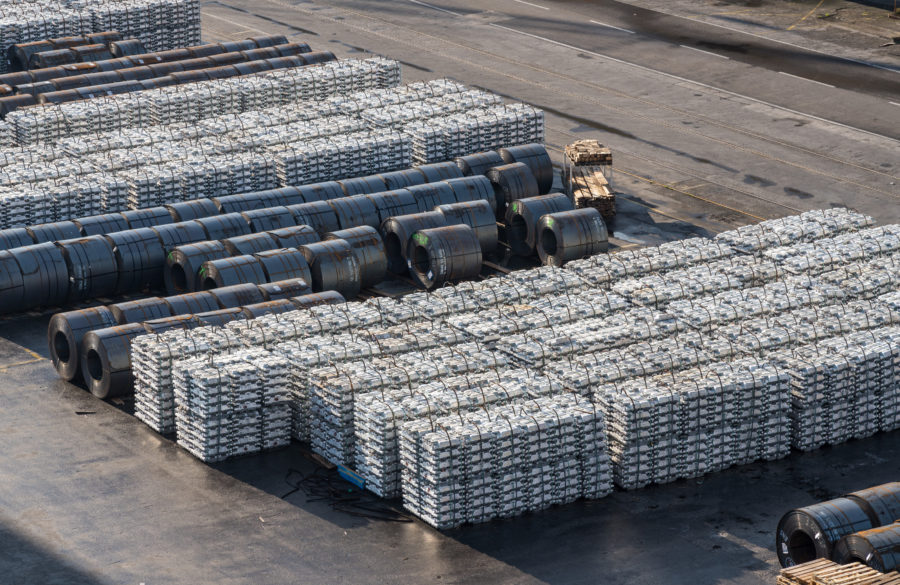Energy storage boom to propel zinc battery demand, industry association says

Use of zinc in the rechargeable battery sector is set to grow exponentially this decade with the buildout of energy storage to ensure electricity supply, the head of the International Zinc Association (IZA) said on Tuesday.
Annual demand for zinc in batteries was only 600 tonnes in 2020 but that figure is projected to rise to 77,500 tonnes in 2030, according to a presentation by IZA Executive Director Andrew Green at the start of the association’s annual zinc conference, which is being held online.
Zinc, mainly used to galvanize steel, has not received the same level of attention from the burgeoning battery sector as other metals such as nickel, cobalt and lithium, which are favored in electric vehicle batteries.
But the IZA last week launched its Zinc Battery Initiative, touting the benefits of nonflammable zinc batteries over lithium-ion batteries in aviation and marine applications.
The IZA sees the stationary battery market share of zinc batteries climbing from just 1% last year to 5% in 2025 and 20% in 2030, according to Green’s presentation.
“The (area) where we see the greatest potential is energy storage,” Green said, noting the recent cold snap that crippled the power grid in Texas.
“One thing that came out from that is there is a tremendous need in places like Texas … for the energy storage to be put in place to support the windmills, the solar panels and so forth,” so that energy can be released when needed, Green said.
“With the chemistries that zinc brings into play … this is a perfect fit for zinc batteries and one that we see significant growth in going forward,” he added.
More News
China’s mining investment under Belt and Road Initiative sets new record – report
China's overseas mining investment under its Belt and Road Initiative hit another peak last year at $21.4 billion.
March 29, 2025 | 10:26 pm
Column: Europe’s future metals strategy hindered by current crisis
Chinese over-capacity and high energy prices have accelerated the long-term decline of European steel and aluminum production.
March 29, 2025 | 02:25 pm
{{ commodity.name }}
{{ post.title }}
{{ post.excerpt }}
{{ post.date }}



Comments